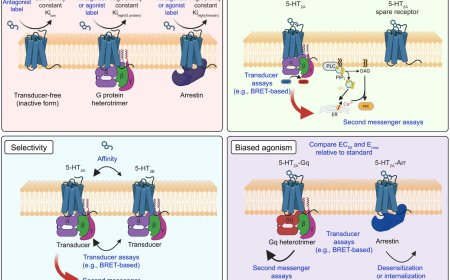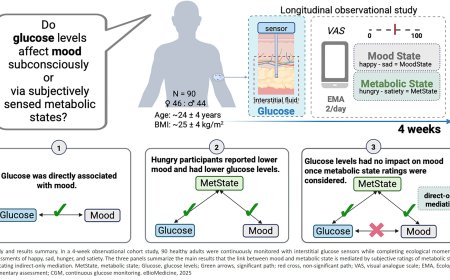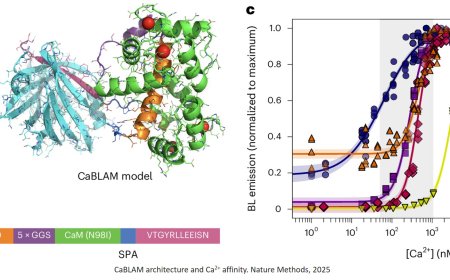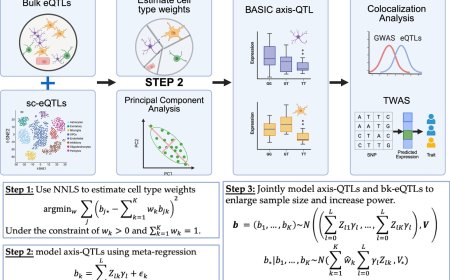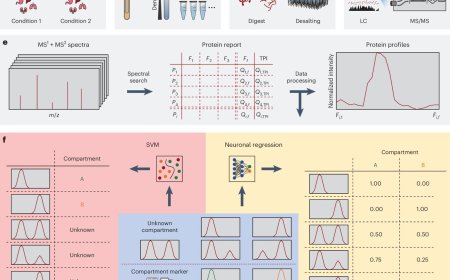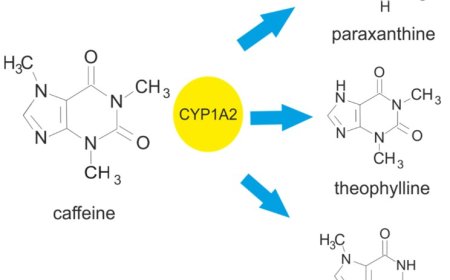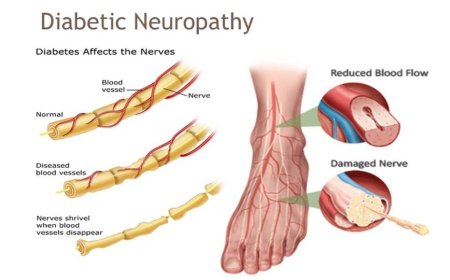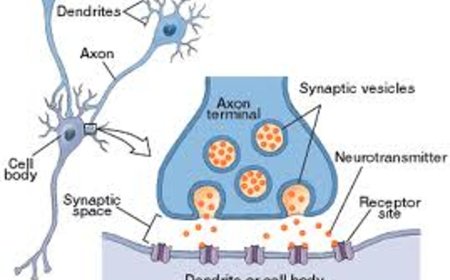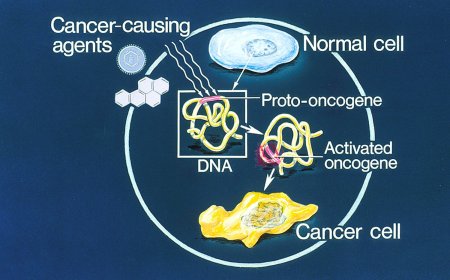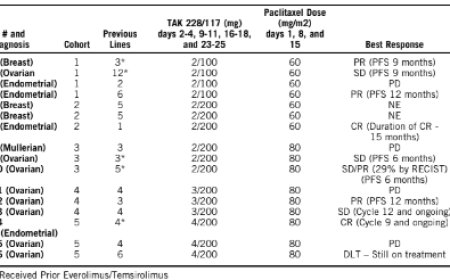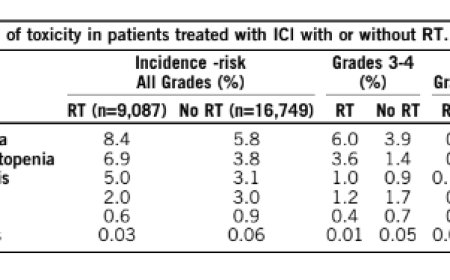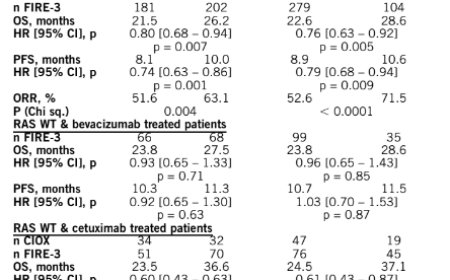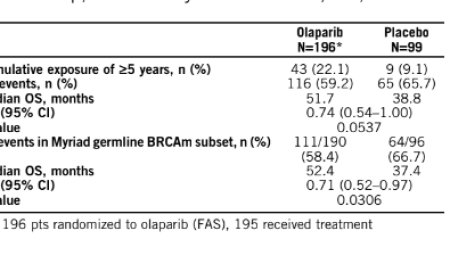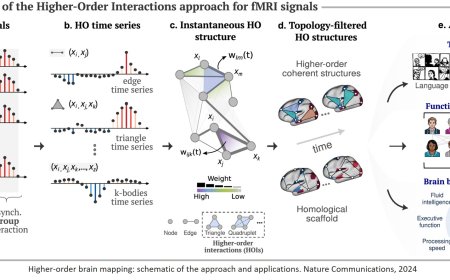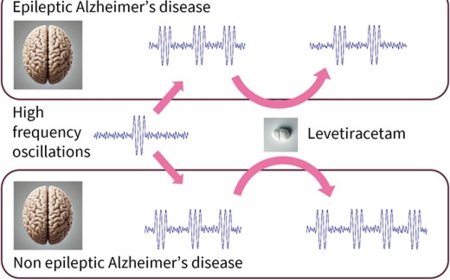Disrupted BBB glycome in aging

What if a critical piece of the puzzle of brain aging has been hiding in plain sight? While neuroscience has long focused on proteins and DNA, a team of researchers dared to shift their gaze to sugars – specifically the complex sugar chains that cover all our cells like chain mail.
Their investigation revealed how changes in this sugary armor on the brain’s frontline cells could be key to understanding cognitive decline and diseases like Alzheimer’s.
“This is like landing on a new planet,” says the senior author. “We’re stepping outside for the first time and trying to make sense of what’s out there.”
In a study in aging mice, the first author has uncovered striking age-related changes in the sugary coating – called the glycocalyx – on cells that form the blood-brain barrier, a structure that protects the brain by filtering out harmful substances while allowing in essential nutrients.
“The glycocalyx is like a forest,” the author explains. “In young, healthy brains, this forest is lush and thriving. But in older brains, it becomes sparse, patchy, and degraded.”
These age-related changes to the glycocalyx weaken the blood-brain barrier, the author found. As the barrier becomes leaky with age, harmful molecules can infiltrate the brain, potentially fueling inflammation, cognitive decline, and neurodegenerative diseases.
“This work lays the foundation for a new field of inquiry into how the aging brain loses its resilience,” says the author. The study was published in Nature.
While lab has extensively studied how aging impacts the blood-brain barrier, the project was the first to investigate how age affects its sugary armor – the glycocalyx. The results were striking: In older mice, bottlebrush-shaped, sugar-coated proteins called mucins, a key component of the glycocalyx, were significantly reduced. This thinning of the glycocalyx correlated with increased permeability of the blood-brain barrier and heightened neuroinflammation.
When the team reintroduced those critical mucins in aged mice, restoring a more “youthful” glycocalyx, they improved the integrity of the blood-brain barrier, reduced neuroinflammation, and measurably improved cognitive function.
“Modulating glycans has a major effect on the brain – both negatively in aging, when these sugars are lost, and positively, when they are restored,” the lead says. “This opens an entirely new avenue for treating brain aging and related diseases.”
The senior author underscores the significance of the discovery: “Biology is often about looking in the right place. This huge structural change in the glycocalyx was hiding in plain sight because no one had thought to look at it before, or had the tools to do so.”
The work also raises new questions. While the glycocalyx is traditionally viewed as a passive barrier that blocks harmful substances from entering cells, its sugars may play a more active role in the brain and how it ages.
Scientists often look to nucleic acids and proteins to understand how biological processes are precisely controlled, but they may be missing the roles that sugar molecules play, the author explains. “The glycome adds a layer of complexity that allows biological systems to achieve extraordinary fine-tuning.” This is particularly true in the brain, where many sugar molecules are uniquely expressed. Yet, until now, their roles in brain aging and disease have remained largely unexplored, the author adds.
Many questions remain about the glycocalyx – what drives its decline with age, and do similar changes occur in humans? “It’s hard to study human brains,” the author notes, “but understanding whether similar mechanisms are at play in humans will be crucial for translating these discoveries into therapies.”
By identifying the molecular pathways behind glycocalyx changes, the team hopes to uncover therapeutic targets that could slow or even reverse disease progression.
Beyond aging and neurodegeneration, the findings have significant implications for effectively delivering drugs to the brain. The blood-brain barrier is notoriously difficult to penetrate, making it challenging to treat many neurological diseases. By understanding the role of the glycocalyx, scientists may discover better ways to get medicines into the brain, offering hope for conditions ranging from multiple sclerosis to brain cancer.
For now, this work represents a first step into a new field. As the author puts it, “I’m excited to unlock the secrets of the glycocalyx in brain aging and neurodegeneration and discover how we can harness its potential to improve brain health.”
https://www.nature.com/articles/s41586-025-08589-9
https://sciencemission.com/Glycocalyx-dysregulation-impairs-BBB


